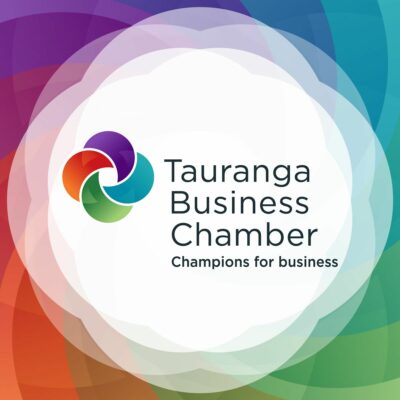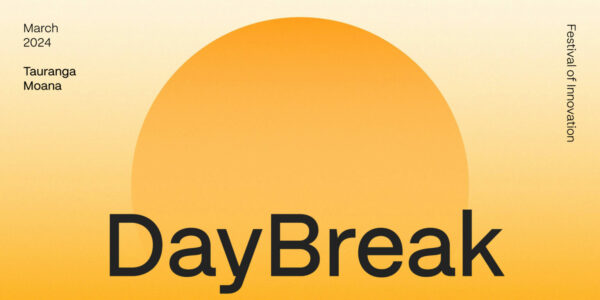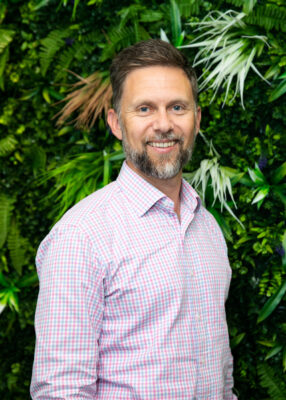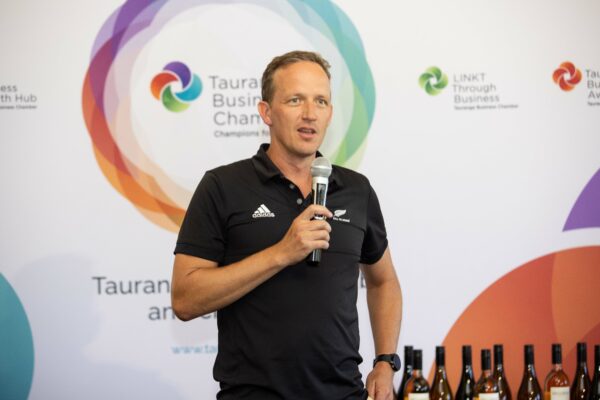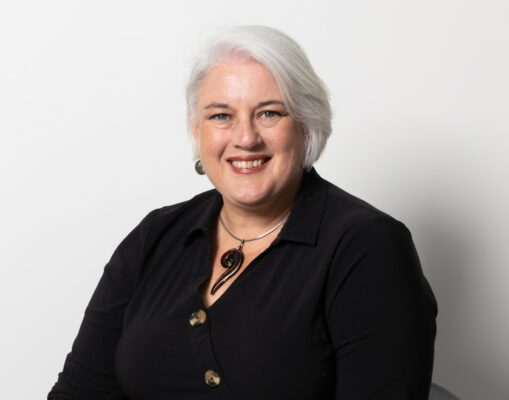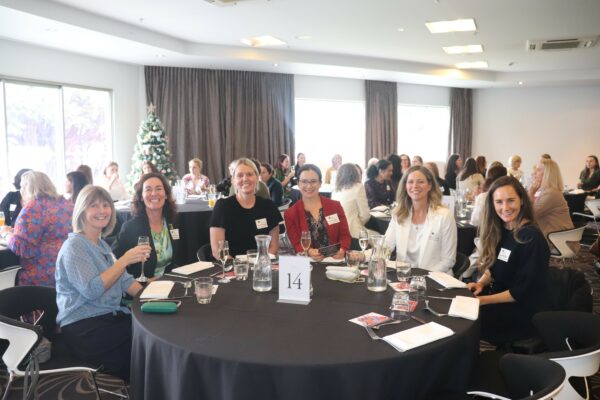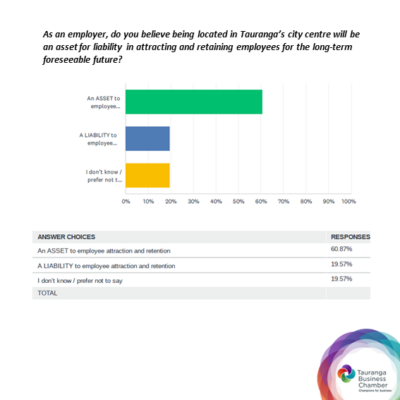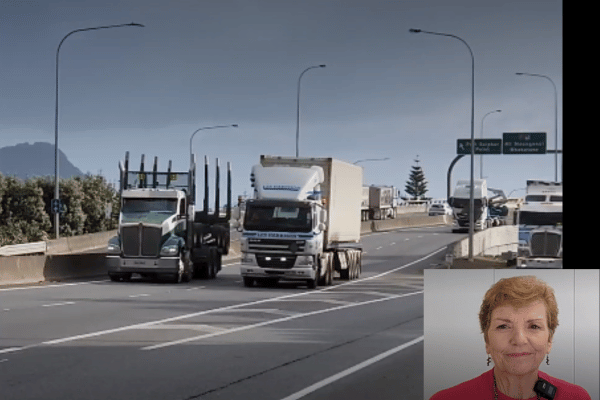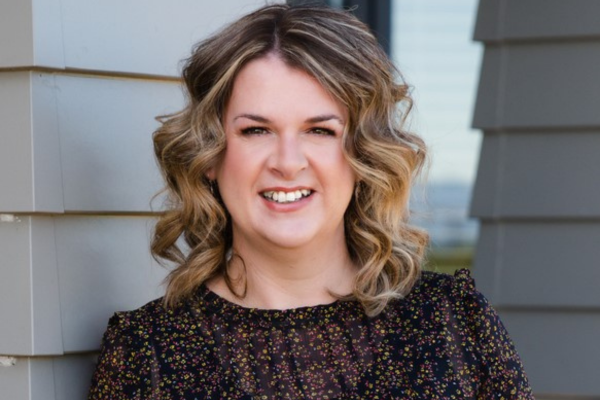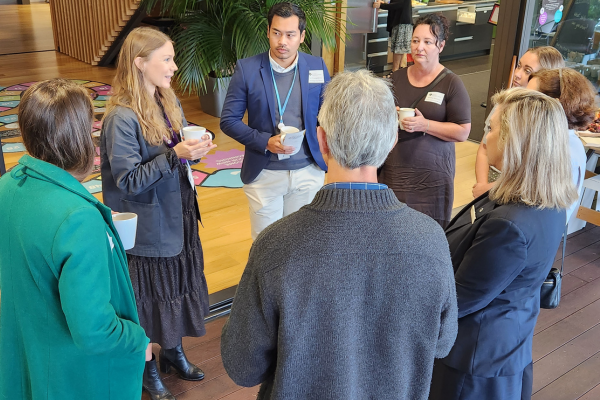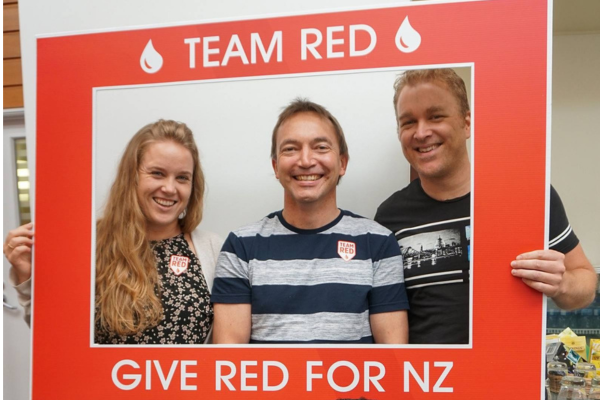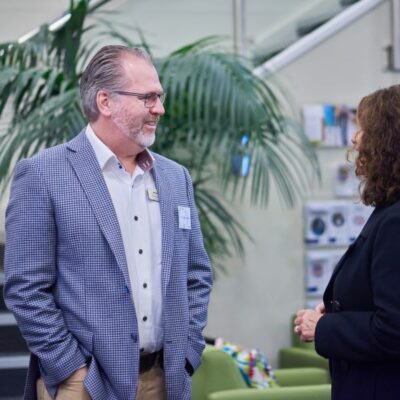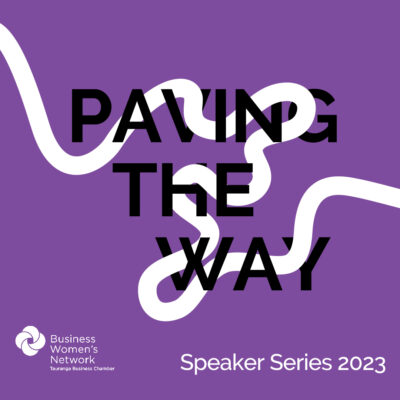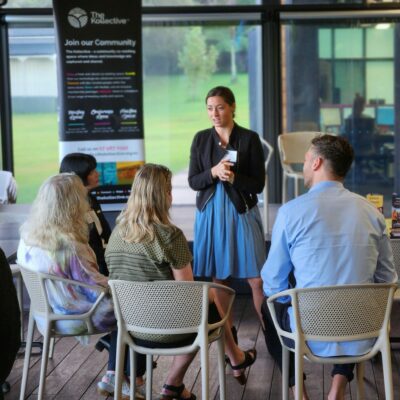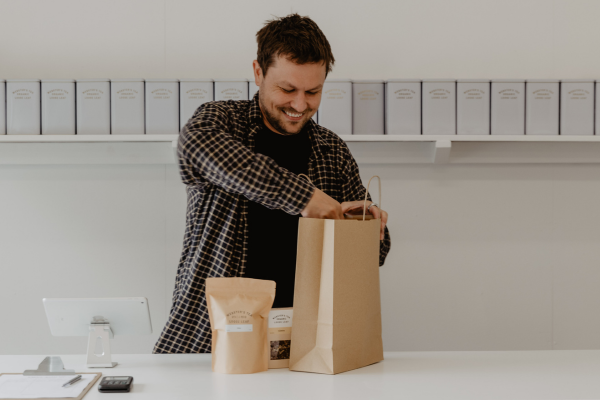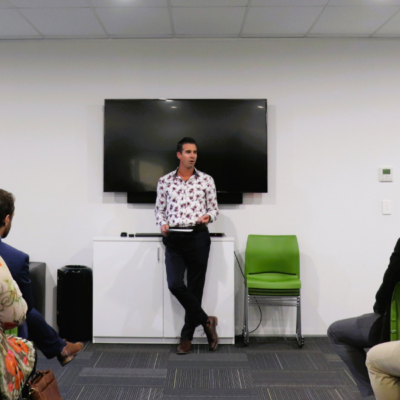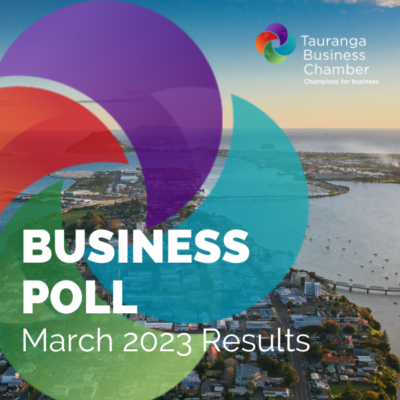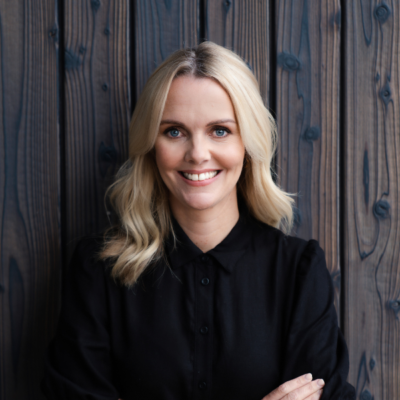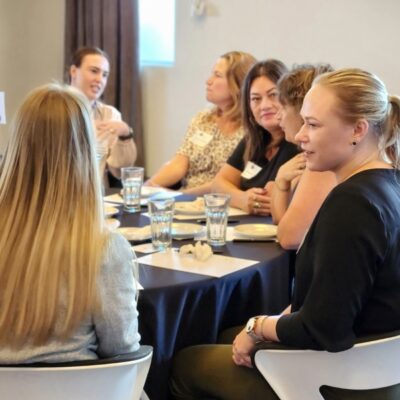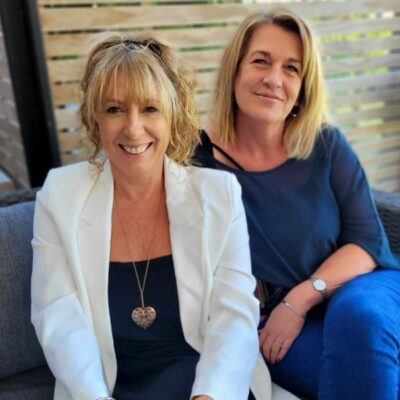If there was one big lesson from lockdown, it was the importance of a functional, easy to navigate website for every business.
Whether you’re selling products, organising services or you’re using your website as a communication tool for your customers, you need to ensure your website is performing as it is intended. Just because you have one, doesn’t mean it is effective.
We talk to Paul Horak from Amatis to discuss the difference between a good website and a bad one, how to get started setting up your website and why nothing in digital should have a ‘set and forget’ mentality.
It seems an obvious question, but why is a functional, easy-to-navigate website a vital tool for businesses?
Microsoft did some research a few years ago where they found that the attention span of humans was just eight seconds – slightly less than a goldfish (at 9 seconds)! The research suggested this figure has been falling since the year 2000 (about the time of the mobile revolution) and so today, more than ever, you need to make it easy and quick for your website visitors to find the information they want.
Can a first time visitor to your website find anything they might want in 8 seconds? Will you have done enough to maintain their attention within those first 8 seconds?
Unfortunately, there are still lots of sites out there that have barely loaded the home page in this time.
What are some of the key considerations for a business looking to create or redo their website?
The most important thing is to make sure that the website is considered as part of an overall strategy to achieve the website goals. For most businesses the goal is to get more sales, which means having a strategy to maximise your website traffic and optimising your conversion rate (the rate at which your website converts visitors into leads or sales). Web design is part of how you achieve this, but there are a lot of other pieces to the puzzle.
For example, research by Ahrefs found that over 90% of web pages do not get any traffic from Google searches. In New Zealand Google has more than 95% of the search market and there are probably hundreds or thousands of potential customers searching for your product or service every month. Most people focus on the visual aspect of a new website and don’t consider that Google will see it very differently, so you want to make sure your site is optimised for search as well as looking good and having great content.
What are some of the biggest mistakes you see people make when it comes to websites?
Focusing on the design or price and losing sight of the goal for the website. So if, by necessity, your budget is low initially it makes sense to spend wisely, with an eye on the future. Don’t blow all your budget on a fancy design. Make sure you leave room for copy writing, SEO, ongoing costs such as web hosting (where it might not be in your best interest to get the cheapest service).
You may not be able to afford to do everything you want to do with your site right now, but now is a good time to consider potential future expansion or development of your site as well as ongoing updates and maintenance.
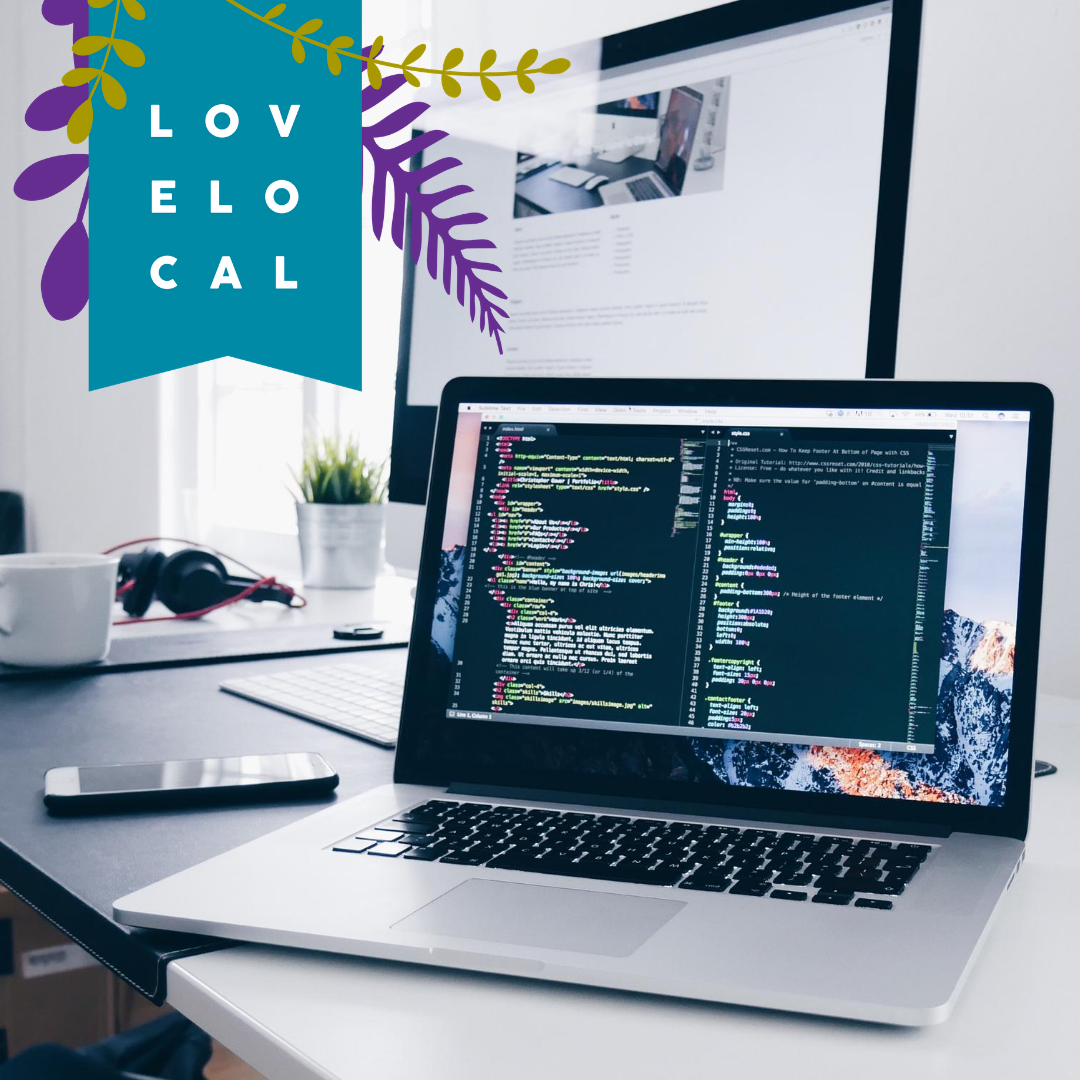
Building a website isn’t a ‘set and forget’ process. So what are some things businesses should do to ensure their website is current, usable, engaging etc?
The most cost effective way for most businesses to achieve their goal of more sales is with a solid search engine optimisation (SEO) strategy and this typically means adding content that research has shown your potential customers are searching for. Even if you are in the very rare minority of businesses that won’t benefit from changing or adding any content on your website you still need to keep it secure.
The fastest way to get banned by Google is to get your website hacked and the fastest way to get hacked is to just leave it for a few months – most websites now use a content management system, such as WordPress, and there are security fixes issued for these platforms every day.
What are some of the biggest digital learnings from COVID-19?
I haven’t seen any data yet, but it is clear that the increase in eCommerce and online business has been massive. I think this is going to be a permanent change, the world was heading in this direction anyway and Covid-19 has just accelerated that move. It is now more important that ever for businesses to get their online strategy right.
How can you help businesses with their digital components?
We focus on the digital strategy and not just on web design. I’ve been in business in the IT sector in the Bay for more than 20 years and I love working out solutions to problems. I really enjoy looking at different businesses, understanding how they work and analysing their website, data and competition to find out how we can get them ahead. We also have a small team of graphic designers, web developers and copy writers behind us to implement the new strategy.
Paul would love to hear from any Chamber members who would like a review of their online strategy, SEO or website – even if it is just to get a second opinion.
He is happy to offer up to an hour of time for Chamber members for free. Anyone wishing to take advantage of this offer can book a slot on his calendar here. There are also a bunch of blog articles on the Amatis website full of free advice for growing your business online.
